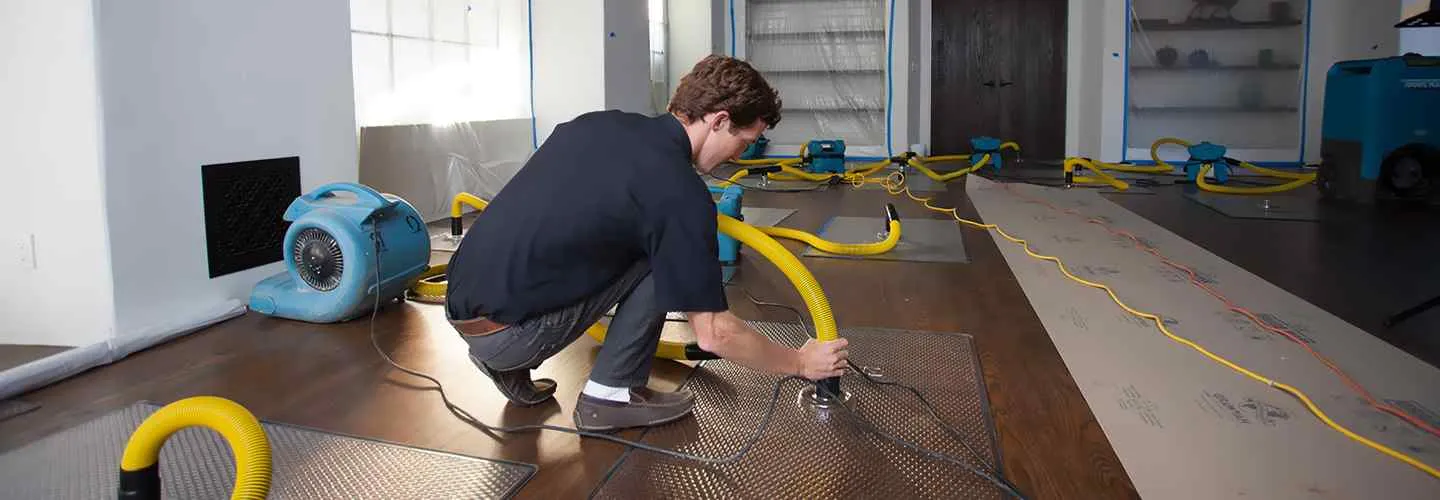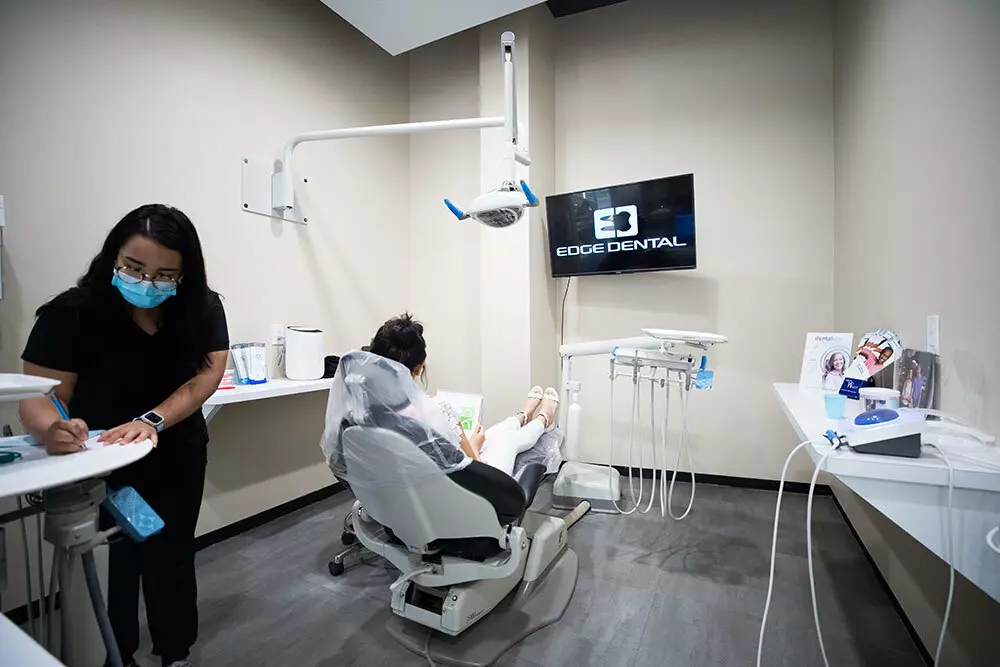Discover How Electronic PCB Boards Enhance Efficiency in PC Board Assembly
In today's fast-paced digital world, precision, efficiency, and innovation are essential in electronic manufacturing. At the heart of this industry lie Electronic PCB Boards and their integration into PC Board Assembly, which are crucial for building everything from smartphones and medical equipment to aerospace systems and industrial machinery. These components serve as the backbone of modern electronics, providing the platform upon which entire systems operate.
Understanding Electronic PCB Boards
Electronic PCB Boards (Printed Circuit Boards) are flat boards used to mechanically support and electrically connect electronic components. They consist of layers of copper circuits etched into a non-conductive substrate, typically made of fiberglass or composite epoxy. These boards are essential in almost every electronic device we use today.
The design and fabrication of an electronic PCB board involve several steps, including schematic capture, layout design, and manufacturing. Engineers use specialized software to map out circuit pathways and position components like resistors, capacitors, and microcontrollers. The final result is a robust, compact board that organizes and powers an entire electronic system.
Role of PC Board Assembly in Electronics
Once an electronic PCB board is manufactured, the next critical phase is PC Board Assembly, which refers to the process of placing and soldering components onto the PCB. This step transforms the bare board into a fully functional electronic unit.
PC board assembly can be completed using two primary methods:
- Through-Hole Technology (THT): Components have leads that are inserted into pre-drilled holes on the board and soldered on the opposite side.
- Surface Mount Technology (SMT): Components are directly mounted on the surface of the board, allowing for smaller, more compact designs.
Modern PC board assembly uses automated machinery, like pick-and-place machines and reflow ovens, to ensure speed, accuracy, and repeatability. This automation supports mass production, making it possible to produce thousands of devices in a short time with minimal error.
Importance of High-Quality Electronic PCB Boards
High-quality electronic PCB boards are essential for the success and longevity of any electronic device. Poor-quality PCBs can lead to several issues, including signal loss, overheating, and even complete device failure. Therefore, manufacturers prioritize sourcing PCBs from reliable suppliers who offer features like:
- Excellent thermal conductivity
- High layer count for complex designs
- Durable materials resistant to temperature and moisture
- Precise copper trace alignment
When electronic PCB boards meet these standards, they contribute to smoother PC board assembly, reduced maintenance costs, and better product performance.
Benefits of Advanced PC Board Assembly Techniques
Advancements in PC board assembly technology offer significant advantages:
- Miniaturization: SMT and high-density interconnect (HDI) techniques allow for smaller, more lightweight devices.
- Improved Reliability: Automated assembly reduces human error, ensuring consistent soldering and component placement.
- Cost Efficiency: High-speed machines minimize labor costs and maximize production rates.
- Flexibility: Advanced assembly lines can adapt to complex or customized designs for prototypes or specialized industries.
- Sustainability: Some manufacturers adopt eco-friendly processes, such as lead-free soldering and recyclable board materials.
These benefits collectively enhance product performance and allow companies to remain competitive in a technology-driven market.
Industries Relying on Electronic PCB Boards and PC Board Assembly
Almost every industry today relies on electronic PCB boards and PC board assembly, including:
- Consumer Electronics: Smartphones, laptops, gaming consoles, and wearables all depend on complex PCB assemblies.
- Medical Devices: Accurate and compact PCBs are crucial for life-saving equipment like pacemakers, MRI scanners, and blood pressure monitors.
- Automotive Industry: From entertainment systems to advanced driver-assistance systems (ADAS), PCBs play a critical role in modern vehicles.
- Aerospace and Defense: High-reliability boards ensure operational safety in satellites, communication equipment, and defense systems.
- Industrial Equipment: Automation systems, control panels, and robotics rely heavily on durable PCB assemblies.
The growing demand in these sectors emphasizes the need for continuous innovation and quality control in electronic PCB production and assembly.
Choosing the Right PCB and Assembly Partner
For businesses seeking success in electronic manufacturing, choosing the right partner for electronic PCB boards and PC board assembly is a vital decision. The right manufacturer should offer:
- Prototyping services to test and refine designs
- Custom fabrication to meet unique product requirements
- Fast turnaround times to keep projects on schedule
- Strict quality control with certifications like ISO 9001 or IPC-A-610
A collaborative approach between designers and manufacturers ensures that products are not only functional but also scalable and market-ready.
Future of Electronic PCB Board and PC Board Assembly
The future of electronic PCB board technology and PC board assembly is promising, driven by innovations like:
- Flexible and wearable electronics that adapt to human movement
- AI-powered inspection systems for zero-defect production
- 3D-printed circuit boards for custom shapes and enhanced capabilities
- IoT integration, enabling smarter and more connected devices
As the demand for smart technology increases, the importance of high-performance PCB solutions will continue to grow. Companies that invest in quality materials, skilled assembly, and forward-thinking designs will lead the future of electronic innovation.
In conclusion, the synergy between electronic PCB boards and PC board assembly lies at the heart of today’s technological advancements. From conception to final product, each phase demands precision, innovation, and collaboration. By investing in high-quality components and reliable assembly practices, manufacturers ensure the delivery of durable, efficient, and cutting-edge electronic devices that power the modern world.



































